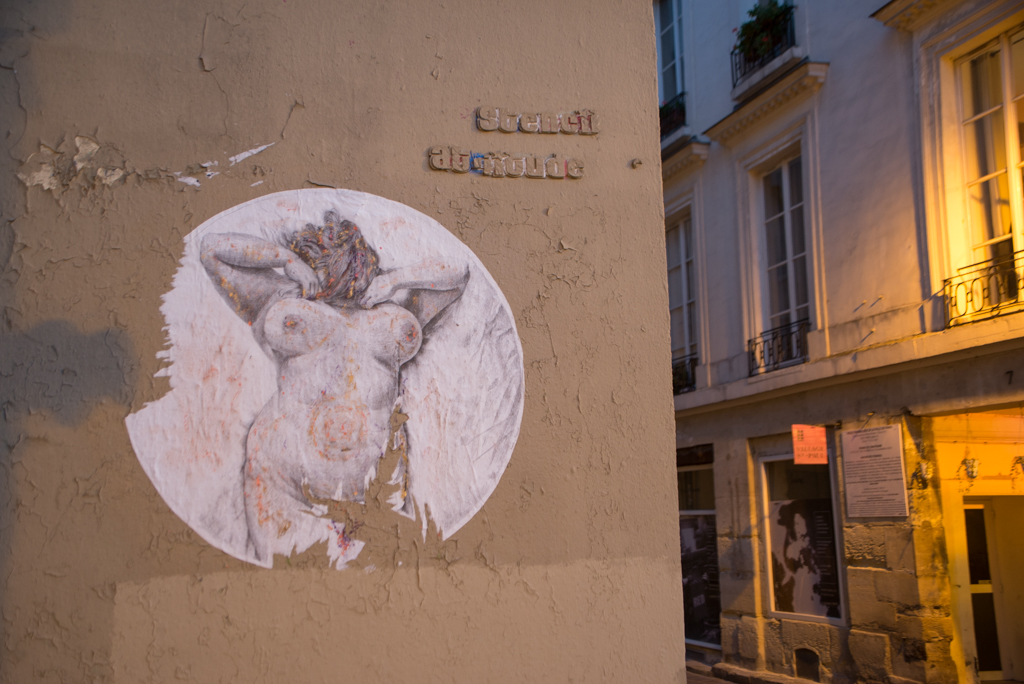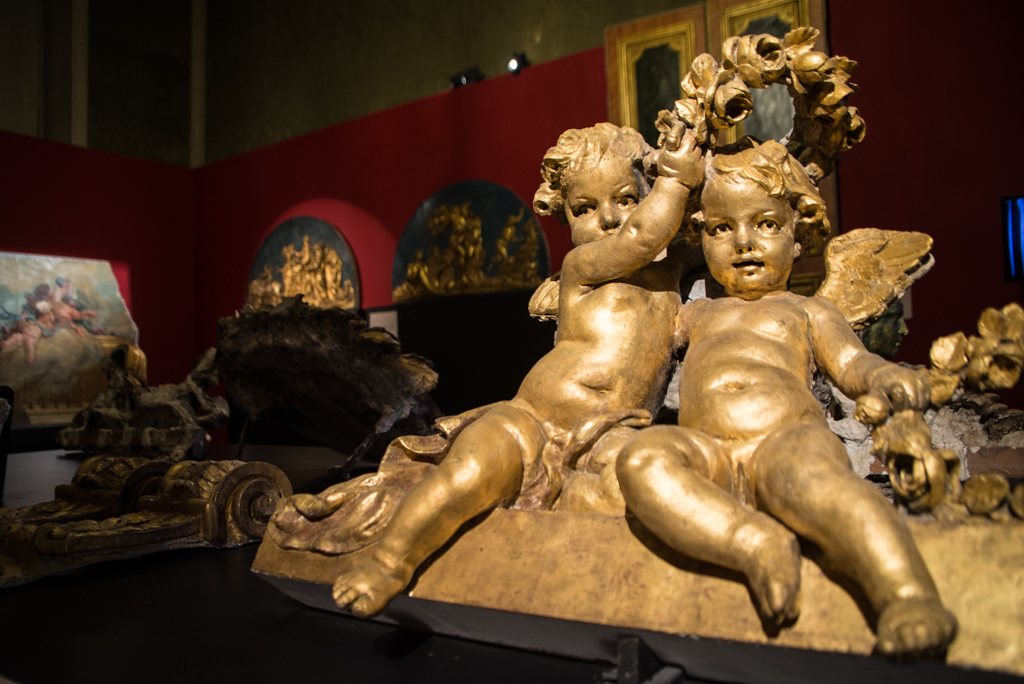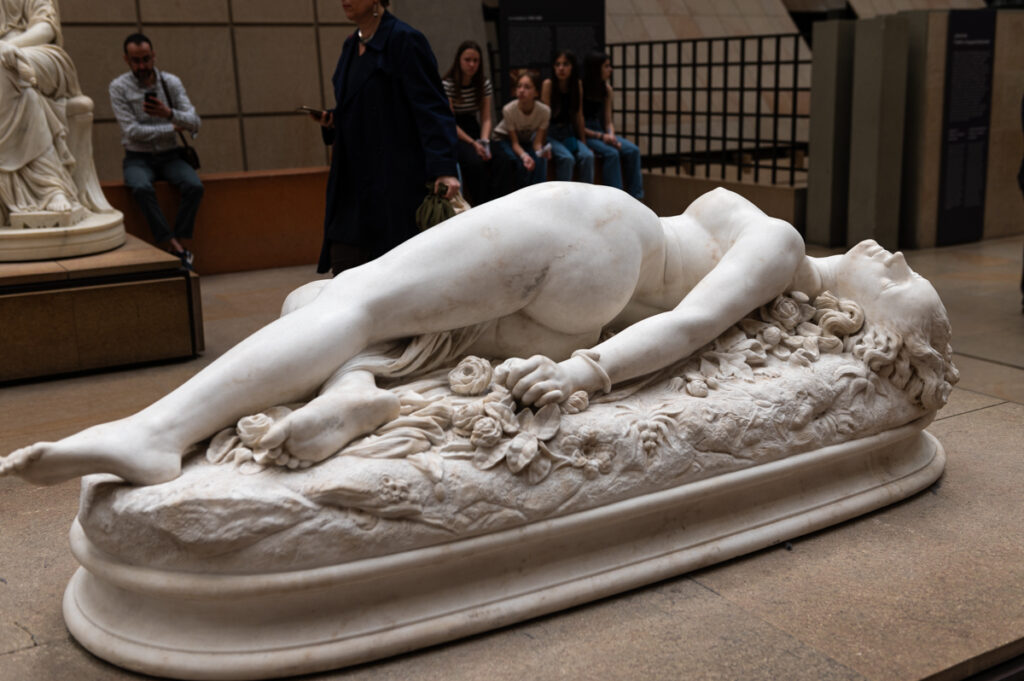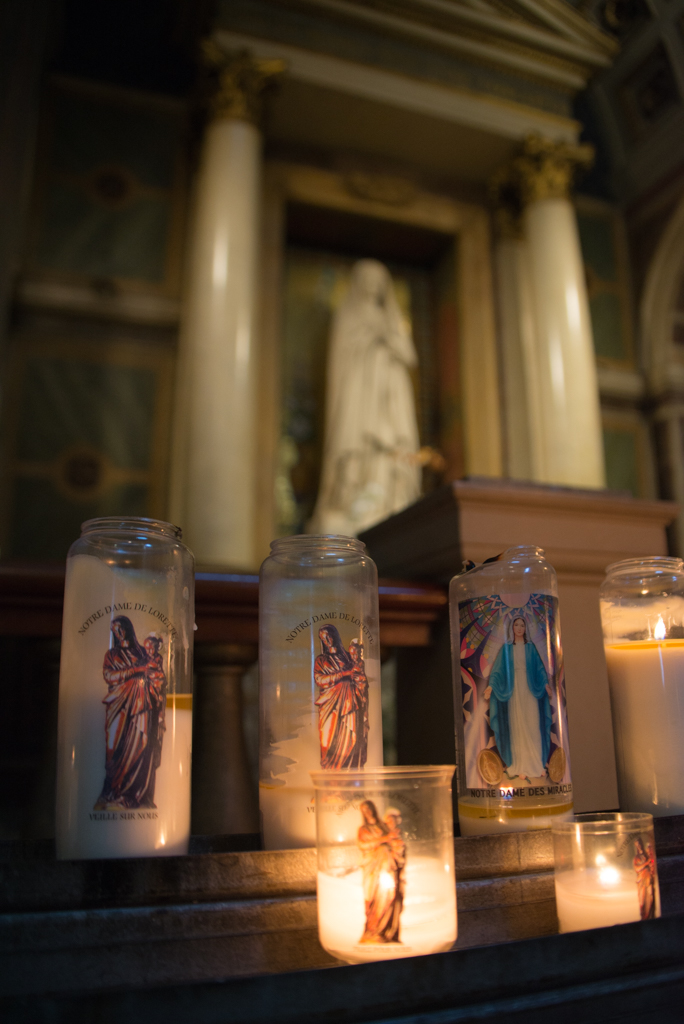
Nineteenth-century Paris is famous for its Bohemia and its highly formalized system of prostitution. The demimonde, or half-world, was a world of luxury, hedonism and moral freedom. The term was coined by Alexandre Dumas fils, author of “La Dame aux Camélias,” a novel based on the life of his lover, the courtesan Marie Duplessis, which later inspired Verdi to his opera “La Traviata.”
Courtesans were socially, financially and most importantly sexually talented women, who entertained aristocrats, artists, and writers such as Dumas, Zola or Baudelaire, charging for their services. In post-revolutionary France, it was not considered despicable for a man to use the services of prostitutes. On the contrary, to keep a woman was a status-symbol, the more she paraded her fancy dresses and extravagant jewelry, exhibited her pompous house, the better: She was displaying her benefactor’s financial and sexual powers. Courtesans hence lived lavish life styles, they were socialites and trend setters with daring fashion and hairstyles.

Their opulent creativity and theatrical self-enactment inspired artists and writers. Courtisan Cora Pearl had herself served up on a silver platter, decorated only with parsley, or played cupid in Offenbach’s operetta Orphée aux enfers dressed in nothing but strategically placed diamonds. More restrained Apollonie Sabatier’s hosted a salon for Bohemian intellectuals, frequented by the likes of Charles Baudelaire, whom she inspired to write “Les Fleurs du Mal”, or sculptor Auguste Clésinger, who eternalized her in the throes of orgasm as the “Femme Piquée par un serpent”, at full frontal display at the Musée d’Orsay.

Called the Grandes Horizontales, courtesans offered conversation, beauty and status, but it was essentially sex they were selling. As were those many less fortunate women, whose sexual talents did not get them into the novels or paintings of the Second Empire.

The Lorettes were poor women, kept by one or more benefactors, who lived around the parish of Notre-Dame-De-La-Lorette. As the stereotype went, prostitutes were devout church-goers, probably to repent for their shameful lifestyle: They were also believed to be lazy and self-indulgent. Lorettes were mostly fallen women: of a wealthy background but fallen into disgrace, or separated women. While it was easy to fall into the démi-monde, it was impossible to ever get out.
The Grisettes were even less fortunate. They did not have enough benefactors and had to pursue a side job, notoriously as seamstresses. Gris – French for grey – alluded to the cheap fabric of their dull dresses.
Cocottes, also called biches (dogs) or chaumeaux (camels) were considered more substantial, means more expensive, than the Grisettes, yet did not have the flamboyant status of the courtesans.
It was the courtesans privilege to choose her benefactor, which she did by setting her price according to the man’s wealth.

The career of a courtesan was for many – if not all – women the only access to education and an autonomous, independent life. But, unlike their benefactors, they were not respected, not even in the enlightened society of the Second Empire. Despite their allure, courtesans were considered decadent, conspicuous and scandalous. Once their beauty faded, they ended up in misery and poverty.
THey were forever exiled to the Demi-monde.
